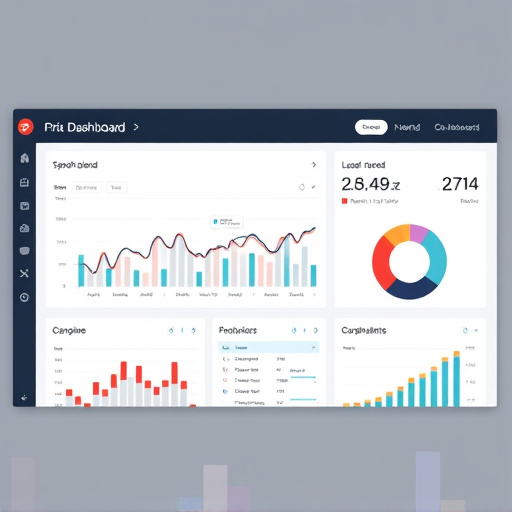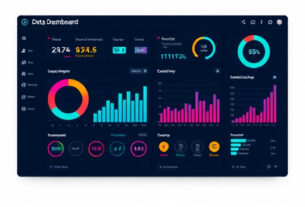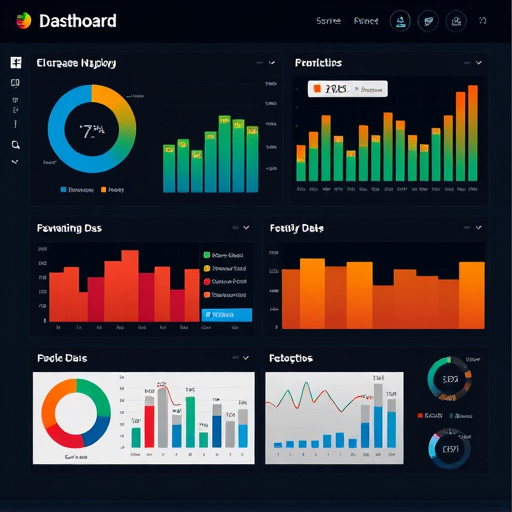The Reviewly Local Search platform equips Australian businesses, especially in New South Wales (NSW), with powerful analytics tools to boost local visibility and engagement. By tracking real-time data on customer behavior and local trends, businesses can optimize digital marketing strategies, manage online reputations, and drive more traffic and sales. Analytics NSW is key for success in the competitive NSW business environment, transforming raw data into actionable insights for strategic decision-making. Through platform features like geo-targeting and custom reporting, companies gain valuable analytics on website visits, engagement, and conversions, enabling them to stay ahead of competitors in the dynamic local search landscape.
In today’s digital landscape, tracking progress on local search platforms like Reviewly is crucial for business growth in NSW. Understanding the intricacies of Reviewly’s local search algorithm and leveraging analytics tools specific to NSW market dynamics can significantly enhance online visibility. This article guides you through essential aspects: from deciphering key metrics on the Analytics dashboard to setting realistic goals, utilizing historical data, comparing performance with competitors, and implementing strategies for boosting online presence in NSW, all using effective tracking tools.
- Understanding Reviewly Local Search Platform
- Importance of Tracking Progress for Business Growth in NSW
- Key Metrics to Monitor on Analytics Dashboard
- Setting Realistic Goals and KPIs for Your Local SEO
- Utilizing Historical Data to Identify Trends in NSW Market
- Comparing Performance Across Competitors in the NSW Region
- Strategies for Enhancing Online Visibility in Reviewly Platform
- Tools and Techniques for Efficient Progress Tracking
Understanding Reviewly Local Search Platform
The Reviewly Local Search platform is a powerful tool designed to enhance local business visibility and engagement within the vibrant Australian market, particularly in New South Wales (NSW). It leverages advanced analytics and search technologies to provide businesses with valuable insights into customer behaviour and local trends. By understanding consumer patterns, businesses can tailor their strategies and improve their online presence.
This platform offers a comprehensive suite of features, including real-time tracking, custom reporting, and geo-targeting capabilities. Businesses can monitor their progress on various review sites, manage online reputations, and gain access to detailed analytics. With these insights, NSW-based businesses can optimise their digital marketing efforts, stay ahead of the competition, and ultimately drive more local traffic and sales.
Importance of Tracking Progress for Business Growth in NSW
In today’s highly competitive business landscape, especially within New South Wales (NSW), tracking progress is no longer a luxury but a necessity for growth. Analytics NSW plays a pivotal role in this regard by providing valuable insights that help businesses make informed decisions. By leveraging tools like Reviewly Local Search, businesses can monitor their performance in real-time, identify trends, and gain a competitive edge. This data-driven approach allows companies to optimize their strategies, enhance customer engagement, and ultimately drive revenue growth.
Understanding consumer behavior and market dynamics is crucial for success in NSW’s dynamic business environment. Tracking progress enables entrepreneurs and marketers to adapt quickly to changes, capitalize on emerging opportunities, and stay ahead of the competition. With the right analytics tools, businesses can transform raw data into actionable insights, ensuring they remain relevant and successful in a constantly evolving market.
Key Metrics to Monitor on Analytics Dashboard
When utilizing the Analytics NSW dashboard for your Reviewly Local Search platform, a key aspect of successful local SEO management involves monitoring the right metrics. These provide valuable insights into the performance and visibility of your business across various search engines. Some crucial figures to keep an eye on include total website visits, unique visitors, bounce rate, average session duration, and conversion rates. Total website visits reflect overall interest in your business, while unique visitors help identify distinct individuals engaging with your content.
Bounce rate indicates the percentage of visitors who exit your site after viewing only one page, which can point to issues like poor content relevance or mobile usability. Average session duration shows how long users are spending on your site during each visit—a higher duration suggests more engaging content. Conversion rates, a critical metric for e-commerce businesses, measure the percentage of visitors who complete a desired action, such as making a purchase or filling out a contact form. Regularly tracking these analytics allows for informed decisions to optimize your Reviewly Local Search strategy and enhance user engagement.
Setting Realistic Goals and KPIs for Your Local SEO
When setting goals for your local SEO, it’s crucial to keep them realistic and measurable. Start by defining what success looks like for your business in terms of visibility, traffic, and conversions from local searchers. Key Performance Indicators (KPIs) such as first-page Google Maps rankings, click-through rates (CTRs), and average position can provide a solid framework. For instance, if you’re a restaurant in NSW, aiming to increase your CTR from 10% to 20% within three months is a specific and achievable goal.
Leveraging the power of Analytics NSW can help fine-tune these KPIs. By tracking metrics like impression share, click volume, and average position, you gain valuable insights into what’s working and where improvements are needed on the Reviewly Local Search platform. Regularly reviewing and adjusting your strategy based on these data points ensures your local SEO efforts remain aligned with your business objectives.
Utilizing Historical Data to Identify Trends in NSW Market
In the dynamic landscape of local search, understanding trends is key to success. Utilizing historical data from platforms like Reviewly Local Search offers a window into consumer behavior and market shifts in New South Wales (NSW). By analyzing past performance, businesses can identify patterns that predict future trends in the NSW market. This involves scrutinizing factors such as search volumes, user demographics, and review activity over time.
The power of Analytics NSW lies in its ability to transform raw data into actionable insights. Trends uncovered through historical analysis can guide strategic decisions related to marketing, content creation, and even business expansion plans. Armed with these insights, businesses can tailor their strategies to meet the evolving needs and preferences of local consumers, giving them a competitive edge in the bustling NSW market.
Comparing Performance Across Competitors in the NSW Region
Comparing Performance Across Competitors is a crucial aspect of understanding your position in the bustling NSW market. Utilizing Analytics NSW tools, businesses can gain valuable insights into their local search strategies and identify areas for improvement. By examining key metrics, such as click-through rates (CTR), conversion rates, and ranking positions, compared to direct competitors within the same region, businesses can tailor their Reviewly Local Search approach effectively. This strategic analysis allows them to stay ahead of the competition, ensuring their online presence is optimized for local customers in NSW.
This competitive benchmarking is made possible through Reviewly Local Search’s advanced analytics features. It provides a comprehensive view of how your business stacks up against others in terms of local search visibility and performance. By regularly monitoring these metrics, businesses can make data-driven decisions to enhance their online strategy, ultimately driving more relevant traffic and conversions from the NSW region.
Strategies for Enhancing Online Visibility in Reviewly Platform
To enhance online visibility on the Reviewly platform, businesses in NSW can employ several strategic tactics. Firstly, optimizing your profile is key; ensure all information is accurate and up-to-date, including business hours, contact details, and a compelling description that includes relevant keywords. This increases your chances of appearing in local search results.
Leveraging user-generated content (UGC) can also be powerful. Encourage satisfied customers to leave reviews by providing excellent service; positive feedback boosts credibility and visibility. Additionally, engage with the Reviewly community by actively responding to reviews, both positive and negative, which demonstrates responsiveness and fosters a positive online image. Utilize Analytics NSW tools to track review performance, identify trends, and adapt your strategies accordingly for continuous improvement.
Tools and Techniques for Efficient Progress Tracking
Staying on top of progress is essential for any successful local search strategy, and the right tools can make all the difference. Analytics NSW offers a suite of powerful metrics to track your performance on the Reviewly Local Search platform. By leveraging these analytics, businesses can gain valuable insights into their online visibility and customer engagement within their local market.
Utilize custom dashboards tailored to your specific needs to monitor key performance indicators (KPIs) such as click-through rates, conversion rates, and customer reviews. Regularly review these metrics to identify trends, areas for improvement, and the effectiveness of any changes made to your listing. This data-driven approach ensures that your local SEO strategy remains dynamic and responsive to the ever-evolving digital landscape.
Tracking progress on the Reviewly Local Search platform is vital for businesses aiming to thrive in the competitive NSW market. By utilizing the provided tools and techniques, understanding key analytics metrics, and setting realistic goals, businesses can significantly enhance their online visibility. Leveraging historical data allows for identifying trends and comparing performance against competitors, ensuring strategic decisions that drive growth. In essence, mastering progress tracking on Reviewly is a game-changer for any NSW business looking to leave its mark in the digital landscape.



